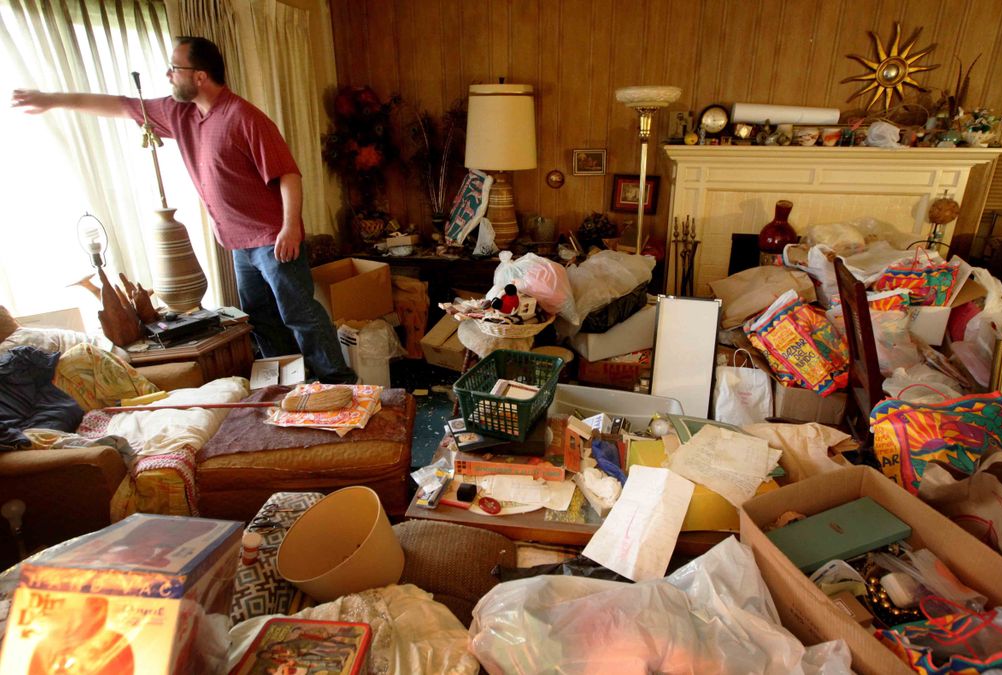
Even the toughest of hearts are more likely to be saddened by animal hoarding circumstances, which too typically reveal sick, uncared for and lifeless animals. This isn’t an unusual prevalence, both. At the very least 700 and a pair of,000 animal hoarding circumstances are uncovered yearly in america alone, every of which can contain dozens, even tons of of animals dwelling in filthy circumstances. Some consultants have struggled with whether or not or not animal hoarding deserves its personal analysis, separate from object or basic hoarding. Researchers from Brazil not too long ago launched a report within the journal Psychiatry Analysis that helps the creation of the separate analysis.
The group carried out area visits to the properties of 33 hoarders in Porto Alegre, Brazil. The typical variety of animals in every location was 41, principally cats and canine — giving a complete of 1,400 animals affected. The researchers talked at size to the themes about their backgrounds, life-style and dwelling conditions. Evaluation confirmed that 64 % of them have been aged, 75 % have been low-income and 88 % weren’t married.
These statistics jibe with what scientists at present imagine to be true of basic hoarders. Some main variations emerged, nevertheless. First, 73 % of the animal hoarders have been ladies, in contrast with what is usually a 50/50 break up of basic hoarders. Additionally, they seem to have totally different motivations for hoarding animals.
"They suppose they’re like missionaries, that they’re saving these [animals’] lives … and that they’re the one ones who can look after them," researcher Elisa Arrienti Ferreira advised Science Journal. "While you communicate to somebody who’s hoarding objects, they do not say issues like that. As an alternative, they are saying they’re maintaining issues as a result of they suppose they may want them sometime."
And though the DSM (the diagnostic handbook of the psychiatric occupation) acknowledged that almost all animal hoarders additionally hoarded objects, Ferreira discovered that to be true solely half of the time. Most of these interviewed described a serious traumatic occasion — just like the dying of a kid because the catalyst for the animal hoarding.
As well as, "The processes of disengaging from or donating animals additionally differ from these of object hoarding, since there’s an affectional bond with lives and never with unanimated objects," the scientists write within the examine. "On this sense, the characterization of Animal Hoarding Dysfunction as a brand new psychological dysfunction might arouse nice curiosity from each scientific professionals and researchers."
Not so quick, say some consultants. Animal hoarding is accepted as a particular manifestation of basic, compulsive hoarding. Nonetheless, it takes an enormous quantity of examine for a brand new analysis to be created. "It’s untimely to determine such a analysis," explains Dr. Gail Steketee, with the Boston College Faculty of Social Work in an e-mail interview. "Though we now have a working definition for animal hoarding, this has not but been established by rigorous analysis and vetted by the psychiatric channels. We should not have complete research of these with the situation and corroborating data from professionals who deal with them."
Extra in-depth examine cannot come quick sufficient for consultants and people affected by animal hoarding, whether or not or not a brand new analysis is necessitated. "The results of animal hoarding might be fairly extreme not just for the animals themselves, however anybody dwelling close by," says Smith Faculty psychology professor Dr. Randy O. Frost in an e-mail. "It’s not unusual to search out giant numbers of sick and/or dying animals in properties that additionally threaten the well being of any people dwelling there."
Frost co-authored a paper evaluating object and animal hoarders in 2011. It famous that as a result of animals are legally thought-about property, it might appear that hoarding animals would qualify as hoarding dysfunction, with individuals who hoard objects displaying many related traits to those that hoard animals. These embody a necessity for management and intense emotional attachments to things/animals, in addition to not being conscious that they had a hoarding downside. There have been additionally variations, one being that animal hoarders tended to reside in very squalid circumstances, which was true for less than a small group of object hoarders.
Nonetheless, a lot is unknown. And Ferreira’s examine is fairly small.
"The basic conclusion is that we all know so little about animal hoarding that it’s onerous to justify a brand new analysis," says Frost. "There was nice strain to keep away from creating new problems when DSM-5 was put collectively [it was released in 2013]. One choice that was thought-about was to incorporate animal hoarding as a particular subtype or specifier beneath hoarding dysfunction. It was concluded that there was merely not sufficient recognized about it to take action."
Now That is Cool
Serial animal hoarder Vikki Kittles was repeatedly busted for many years of animal abuse in Florida, Mississippi, Colorado, Washington, Oregon and Wyoming. Oregon officers discovered her case so irritating and riddled with limitations that she impressed the "Kittles Invoice", which turned aggravated animal abuse right into a felony, and likewise gave shelters the flexibility to present veterinary care to animals seized from hoarding circumstances.






















